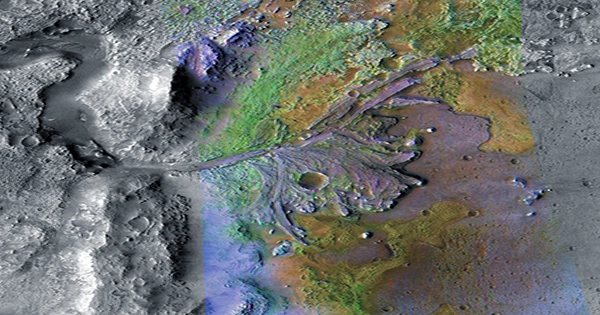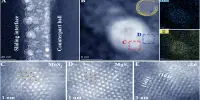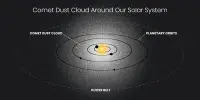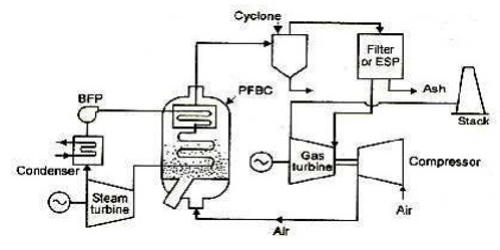A significant discovery by a multinational team led by Alexis Rodriguez of the Planetary Science Institute has revealed evidence of sedimentary plains generated by aquifer draining beneath Martian collapse formations known as chaotic terrains.
“Our research focuses on a sedimentary unit within Hydraotes Chaos, which we interpret to be the remnants of a mud lake formed by discharges from gas-charged mudstone stratigraphy dating back to nearly 4 billion years ago, a time when the surface of Mars was likely habitable,” said Rodriguez, the lead author of the paper, “Exploring the evidence of middle Amazonian aquifer sedimentary outburst residues in a Martian chaotic terrain,” published in the peer-reviewed journal Scientific Reports.
“These sediments may contain evidence of life from that or previous periods.” It is vital to recall that the subsurface of Mars may have featured habitability that lasted the whole history of life on Earth.”
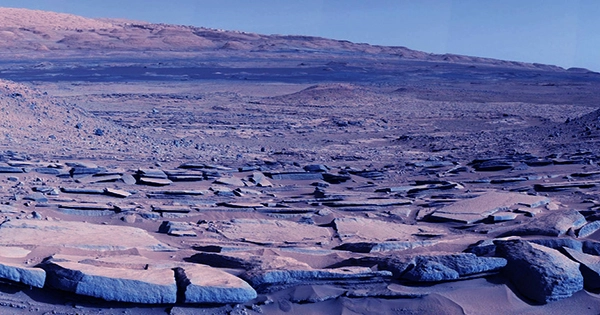
The paper’s co-authors are PSI scientists Bryan Travis, Jeffrey S. Kargel, and Daniel C. Berman. The research also includes co-authors from NASA Ames Research Center, the University of Arizona, the Autonomous University of Barcelona, the Blue Marble Space Institute of Science, and the University of Florida.
Extensive research on Martian aquifer drainage has found massive flood systems stretching thousands of kilometers into the planet’s northern plains. The massive erosion induced by these channels, combined with subterranean sediments released from aquifers, has blanketed large areas of the northern lowlands. The exploration of the nature of the Martian aquifers will be hampered by this complicated topography.
“Exploring the northern plains for sampling could be risky, as distinguishing between materials sourced from aquifers and those eroded and transported during channel formation could become a difficult task.” The plains of Hydraotes Chaos provide a unique look at ancient aquifer minerals. These plains, which we believe were produced by mud extruding into a basin just above their source aquifer, offer a more targeted exploration option, according to Rodriguez.
“Unlike vast flood channels with their complex erosion patterns, this finding simplifies the examination of Martian aquifers, reducing the risk of overland sedimentary acquisition, and opens a new window into Mars’ geological past.”
“Our numerical models reveal an enthralling tale.” The source aquifer of the lake was most likely formed by phase segregation inside the mudstone, resulting in huge water-filled chambers several kilometers wide and hundreds of meters deep. This process was most likely started by intrusive igneous activity, according to co-author Travis.
“Moreover, the observed segmented subsidence across the chaotic terrain suggests an interconnected network of chambers, depicting stable water-filled giant caverns, some reaching kilometers in widths and lengths, way larger than any known Earth counterparts.”
“At first, biomolecules may have been dispersed throughout the volume of large groundwater-filled cavities.” “The water went away leaving behind lags of sediments and potentially high concentrations of biomolecules as it was released to the surface and ponded,” Rodriguez explained.
As a result, the remnants of this ancient mud lake may allow unparalleled access to aquifer materials rich in biomolecules that have been hidden beneath Mars’ subsurface for the majority of its existence.
“NASA Ames is considering the plains as a potential landing site for a mission to look for biomarker evidence, specifically lipids.” “These biomolecules are extremely resistant and could have survived billions of years on Mars,” NASA Ames Research Center co-author Mary Beth Wilhelm stated.
“In addition, the study area contains numerous mud volcanoes and potential diapirs, which provide additional windows into the subsurface, potentially habitable rocks.” “A small rover could sample the mud lake sediments and these materials within short distances, dramatically increasing the chances of biosignature detection,” co-author Kargel added.
“Our crater counts show that the plains are relatively young, with an age of 1 billion years.” This age is encouraging for our search for life. This age is significantly younger than the ages of most aquifer releases on Mars, which date back around 3.4 billion years. As a result, the materials spent a significant period of time in the subsurface,” co-author Berman explained.
